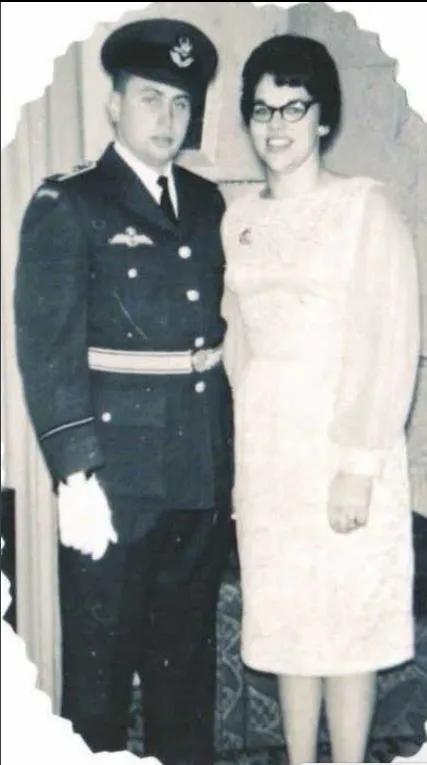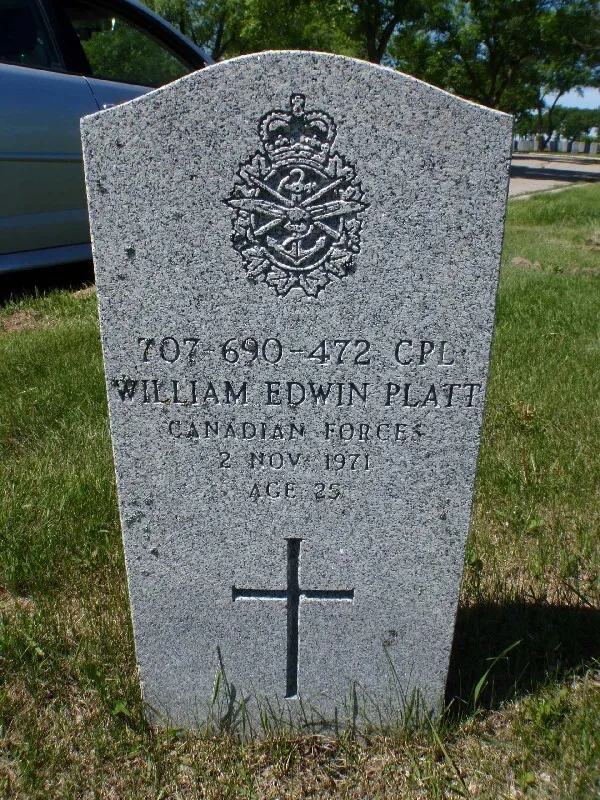Lemieux, Joseph Rene Paul Gerard (Sergeant)
Killed in Flying Accident 1971-November-02
Service
RCAF
Unit
440 Sqn- Squadron
Ka Ganawaitak Saguenay He who protects the Saguenay: innu
Base
Rank
Sergeant
Position
Service Numbers
200605
Crew or Other Personnel
Dakota 12930
Dakota serial: 12930
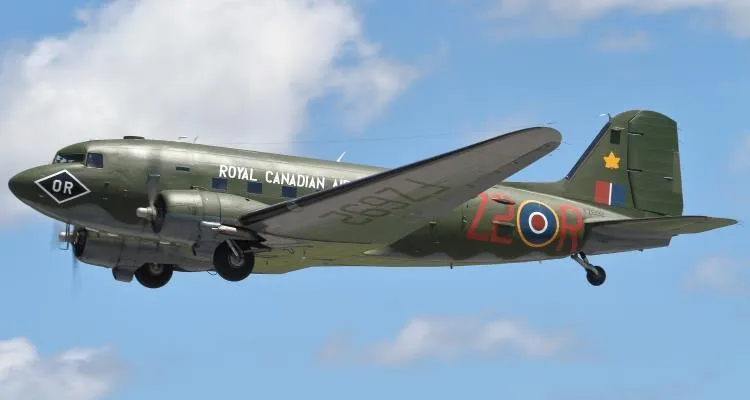
Canadian Warplane Heritage Museum
Development of the Douglas DC-3 started in early 1935 with the prototype flying by the end of the year. The first production aircraft was delivered to American Airlines in July 1936 and soon orders were pouring in from US and overseas airlines. The US Air Corps became interested in the DC-3 and ordered a military version, called the C-47 or Dakota. It had many capabilities, including dropping paratroops and supplies, evacuating the wounded, troop transportation and glider towing. Eventually, about 10,000 C-47s were built for the US military.
During WW II, the Royal Air Force received about 1,930 Dakotas and they became the RAF's main wartime transport aircraft. The RCAF took delivery of its first Dakota in March 1943, and at its peak had 169 on strength. Within Canada, they were operated by four transport squadrons and several ferry squadrons.
Overseas, Dakotas equipped RCAF 437 Squadron in Europe and RCAF 435 and 436 Squadrons in South East Asia. 437 Squadron was formed in England September 1944, where it supported the British and Canadian Armies fighting in Europe. Its most important actions involved glider towing for the airborne landings at Arnhem and the Rhine crossing at Wesel.435 and 436 Squadrons were formed in India in October 1944. They flew Dakotas in support of the British 14th Army in Burma where they dropped supplies to the British troops fighting the Japanese in the jungle.
At the end of WW II, all three squadrons were transferred back to England to provide air transport for the Canadian occupation forces in Germany. Dakotas continued in service with the Canadian Armed Forces until 1989, when 402 Squadron, based in Winnipeg, retired the last of them. Of the nearly 13,000 DC-3s built, many are still in service today, over 75 years after the aircraft's first flight.
The Museum's Dakota was built for the USAAF and was delivered to the Royal Air Force in February 1944 as FZ692 and the Royal Canadian Air Force 437 Squadron in September 1944. It was later renumbered as 12945 as part of the Canadian Armed Forces where it served with 424 Squadron for Search & Rescue at CFB Trenton. It performed JATO ignition in flight at the 1970 Canadian National Exhibition Air Show on the Toronto waterfront.
After it was struck off strength by the Canadian Armed Forces in 1973, the aircraft ended up with Environment Canada, where it was used for mineral and environmental surveys. C-GRSB was donated to the Canadian Warplane Heritage Museum in May 2014.
FZ692 has been restored to the paint scheme it would have worn at the end of World War II with 437 Squadron RCAF. FZ692 flew 208 operational trips with 437 Squadron and 16 with 233 Squadron for a total of 224. It ended up flying hundreds of individual legs between airfields in Europe. FZ692 participated in two major airborne operations, Normandy and the Rhine Crossing. It carried 298 casualties to medical aid and repatriated 456 prisoners of war. It carried over 5,100 passengers to destinations around Europe and carried over two hundred tons of freight (414,368 lbs). CWHM
Unit Desciption
440 Sqn Ka Ganawaitak Saguenay ("City of Ottawa")
History of the Squadron before and during World War II (Aircraft: Hurricane IV, Typhoon IB)
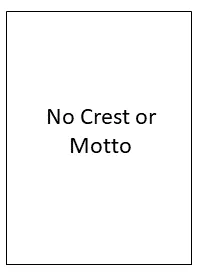
[ Note that during WWII the squadron did not have a badge nor a motto. These were awarded later.]
The squadron was formed in Vancouver on 5 October 1932 as No. 11 (Army Co-Operation) Squadron' before being redesignated No. 111 (Coast Artillery Co-Operation) Squadron on 15 November 1937. At the outbreak of the Second World War the squadron formed a detachment at Patricia Bay  on Vancouver Island, before being redesignated No. 111 (Fighter) Squadron on 1 July 1940. It was disbanded on 1 February 1941 and then reformed on 3 November 1941. The squadron took part in air defence operations in Western Canada and the Aleutian Islands Campaign under Western Air Command.
No 440 (F) Squadron was formed in Rockcliffe, Ontario
on Vancouver Island, before being redesignated No. 111 (Fighter) Squadron on 1 July 1940. It was disbanded on 1 February 1941 and then reformed on 3 November 1941. The squadron took part in air defence operations in Western Canada and the Aleutian Islands Campaign under Western Air Command.
No 440 (F) Squadron was formed in Rockcliffe, Ontario  as No. 111 (F) Squadron RCAF. .It was the third of six home squadrons transferred overseas without its aircraft, and was re-designated No. 440 (FB) Squadron RCAF at Ayr, Scotland
as No. 111 (F) Squadron RCAF. .It was the third of six home squadrons transferred overseas without its aircraft, and was re-designated No. 440 (FB) Squadron RCAF at Ayr, Scotland  on February 8, 1944. It flew Typhoon aircraft in the preparation for D-Day and afterwards gave close support to the ground troops by dive-bombing and strafing enemy strongpoints, bridges, and road and rail traffic. They moved with the ground troops through France, the Low Countries, and Germany. The squadron was disbanded at Flensburg, Germany
on February 8, 1944. It flew Typhoon aircraft in the preparation for D-Day and afterwards gave close support to the ground troops by dive-bombing and strafing enemy strongpoints, bridges, and road and rail traffic. They moved with the ground troops through France, the Low Countries, and Germany. The squadron was disbanded at Flensburg, Germany  on August 26, 1945.
on August 26, 1945.
In the course of operations, the squadron flew 4213 sorties for the loss of 38 aircraft and 32 pilots, of whom 23 were killed, 5 missing, and 3 POWs. They dropped 2215 tons of bombs and accounted for a large number of rail and road vehicles. The squadron amassed 5 DFCs. Battle Honours were: Fortress Europe 1944, France and Germany 1944-45, Normandy 1944, Arnhem, Rhine, Aleutians 1942-43. Wikipedia, Kostenuk and Griffin
Maps for Movements of 440 Squadron 1944-45
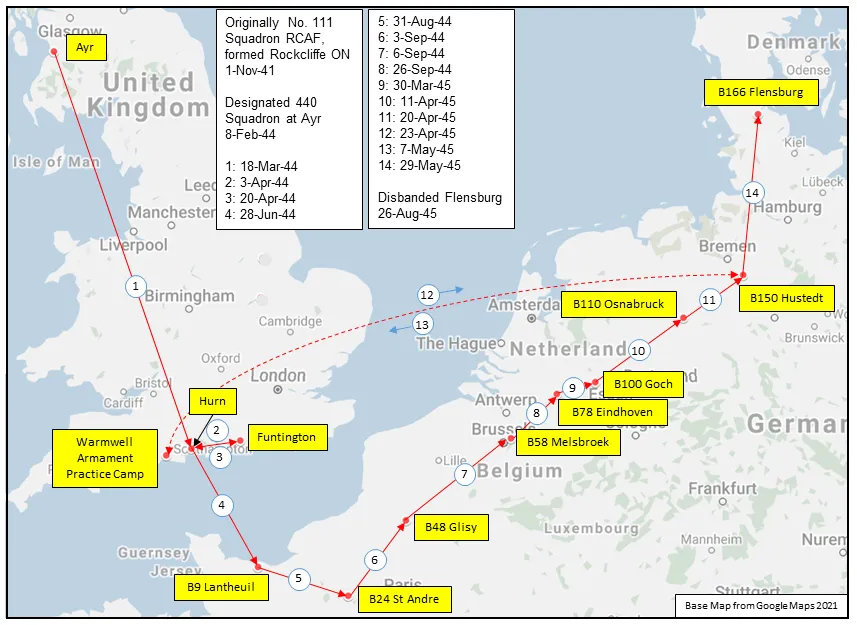
MAP 1: 440 Squadron Movements 1944-45 (right-click on image to display enlarged in new tab)
|
440 Squadron History Summary 1944-45
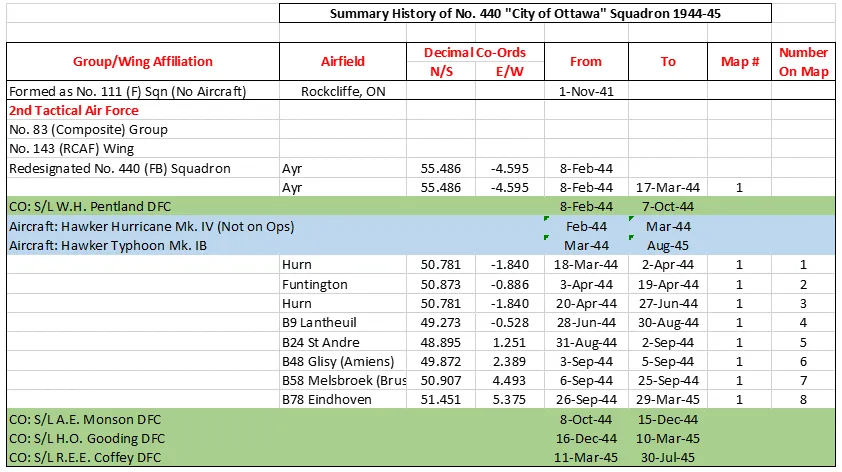
440 Squadron History Summary 1944-45 Page 2

History of the Squadron Post-WWII (Aircraft: Canuck 3B, 4B, Buffalo, Twin Otter)
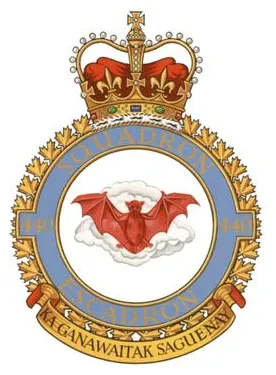
The squadron was re-formed as '440 All Weather (Fighter) Squadron' at Bagotville, Quebec  1 October 1953, flying Avro CF-100 Canuck all-weather fighters. In May 1957 it joined No. 1 Air Division Europe to replace No. 413 (F) Squadron at Zweibrucken, Germany
1 October 1953, flying Avro CF-100 Canuck all-weather fighters. In May 1957 it joined No. 1 Air Division Europe to replace No. 413 (F) Squadron at Zweibrucken, Germany  . When the CF-100 was withdrawn from service, the squadron was disbanded on 31 December 1962.
. When the CF-100 was withdrawn from service, the squadron was disbanded on 31 December 1962.
The squadron was reactivated a final time 8 July 1968 at CFB Winnipeg, Manitoba  as No. 440 Communications and Rescue Squadron with Douglas Dakotas and Vertol H-21 helicopters and redesignated as 440 Transport and Rescue Squadron in October. They later moved to CFB Namao, Alberta
as No. 440 Communications and Rescue Squadron with Douglas Dakotas and Vertol H-21 helicopters and redesignated as 440 Transport and Rescue Squadron in October. They later moved to CFB Namao, Alberta  , just outside Edmonton where they operated de Havilland Canada CC-115 Buffalo and CC-138 Twin Otters. At the time, two of the Twin Otters were stationed in Yellowknife, NWT
, just outside Edmonton where they operated de Havilland Canada CC-115 Buffalo and CC-138 Twin Otters. At the time, two of the Twin Otters were stationed in Yellowknife, NWT  , and in 1994 after CFB Namao closed the squadron moved north to be redesignated No. 440 Transport Squadron in 1995.
, and in 1994 after CFB Namao closed the squadron moved north to be redesignated No. 440 Transport Squadron in 1995.
The Squadron's tasks include airlift, utility and liaison flights in support of Canadian Armed Forces in the north, including support to the Canadian Rangers. Like all Royal Canadian Air Force flying squadrons, 440 Squadron can conduct search and rescue missions when requested by Joint Rescue Coordination Centres. They also conduct free fall live parachute operations, cargo delivery to troops in the field, and fishery patrols on Great Slave Lake. 440 Squadron operates four of the famous Canadian-designed and produced CC-138 Twin Otters to carry out its wide range of tasks. The Squadron operates these rugged aircraft in some of the harshest weather conditions on the planet and is the only formed RCAF unit that is based full-time in the north. The Squadron is comprised of approximately 55 members who are a mixture of Regular Force and Reserve Force members. In addition to conventional airport operations, the Squadron maintains the capability to conduct "off-airport" operations on skis in the winter and on tundra tires in the summer.



